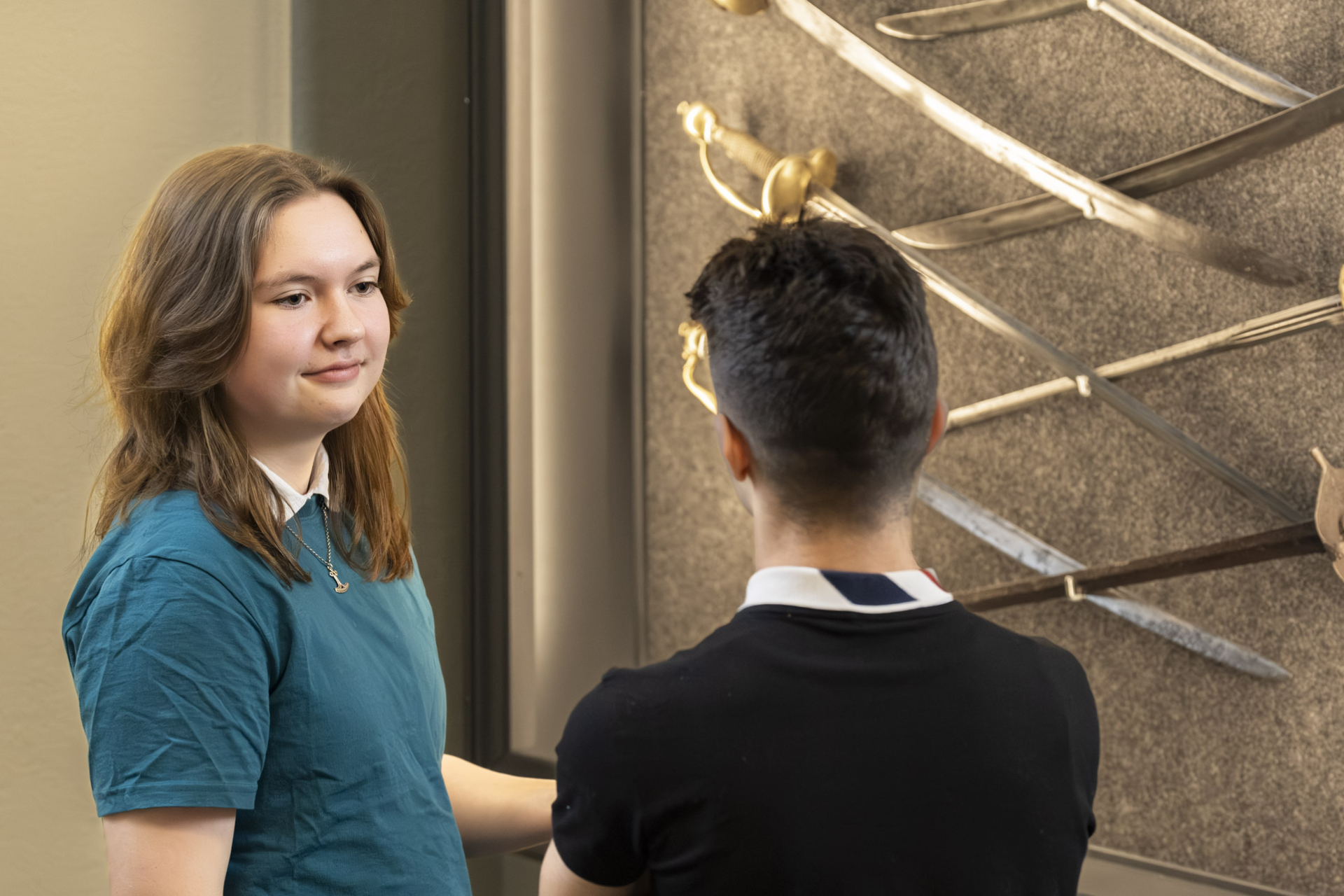The Silver Collection, the Money and Medal Collection, the Memorial Hall
Permanent exhibition
Items from the museum’s special collections, such as the Silver Collection and the Money and Medal Collection, are on permanent display in the exhibition spaces at the Ostrobothnian Museum. The museum’s Memorial Hall is a historical monument to the events that occurred around the time Finland gained independence.
The Silver Collection
Karl Hedman’s silver collection comprises silverware originating from Vaasa and elsewhere in Finland and Europe. Ingvald Sourander (1874–1961), an engineer born in Vaasa, donated his silver collection to the Ostrobothnian Museum in 1929. It includes a selection of Finnish silver from the 18th and 19th centuries as well as pieces by Finnish masters who for periods of time worked in St Petersburg.
The Money and Medal Collection
Councillor of State Mauritz Hallberg (1851–1924) assembled a significant money and medal collection, which was expanded by his son Ejnar Hallberg (1880–1974). The collection comprises money that has been in use in the territories of Finland, Sweden, and Russia, as well as medals related to Finland and Finns. The collection was donated to the Ostrobothnian Museum in 1956.
The Memorial Hall
Karl Hedman designed the Memorial Hall located on the ground floor of the museum to honour Finland’s struggle for independence and the events surrounding it. The bronze busts of the leading figures on the ‘white’ side of the civil war are prominently displayed, the foremost of these being Supreme Commander C.G. Mannerheim and Head of State P.E. Svinhufvud. The names of the Jägers who died in Germany are engraved in marble in the hall. The window in the Memorial Hall features Henry Ericsson’s stained glass painting ‘Our Nation’. A chandelier that was taken as war booty from St Mary’s Church in the 18th century and returned to Vaasa during the First World War hangs from the ceiling. This Hall, a historical monument of its time, serves as a reminder of Vaasa’s role as the ‘white’ capital in 1918.

